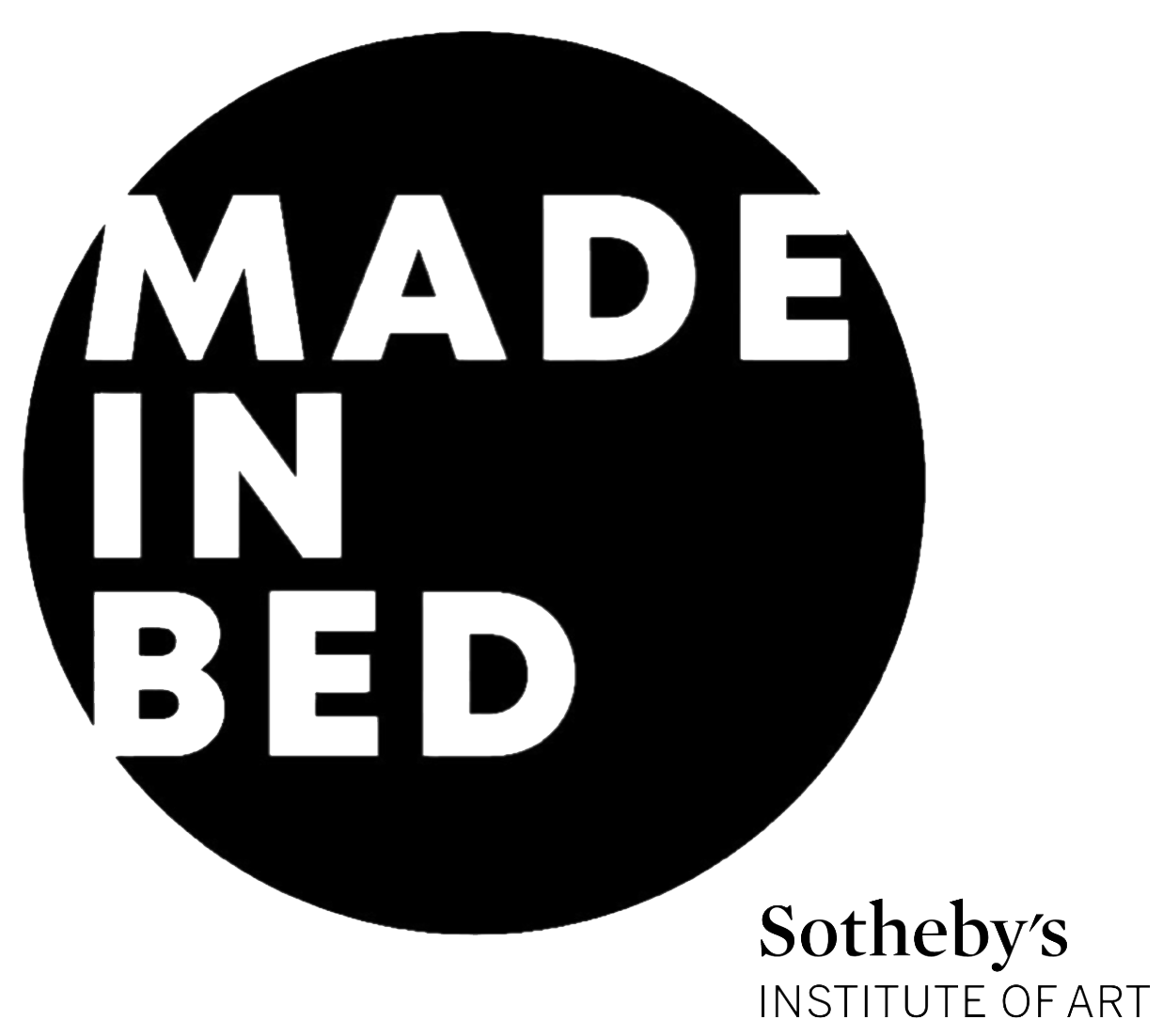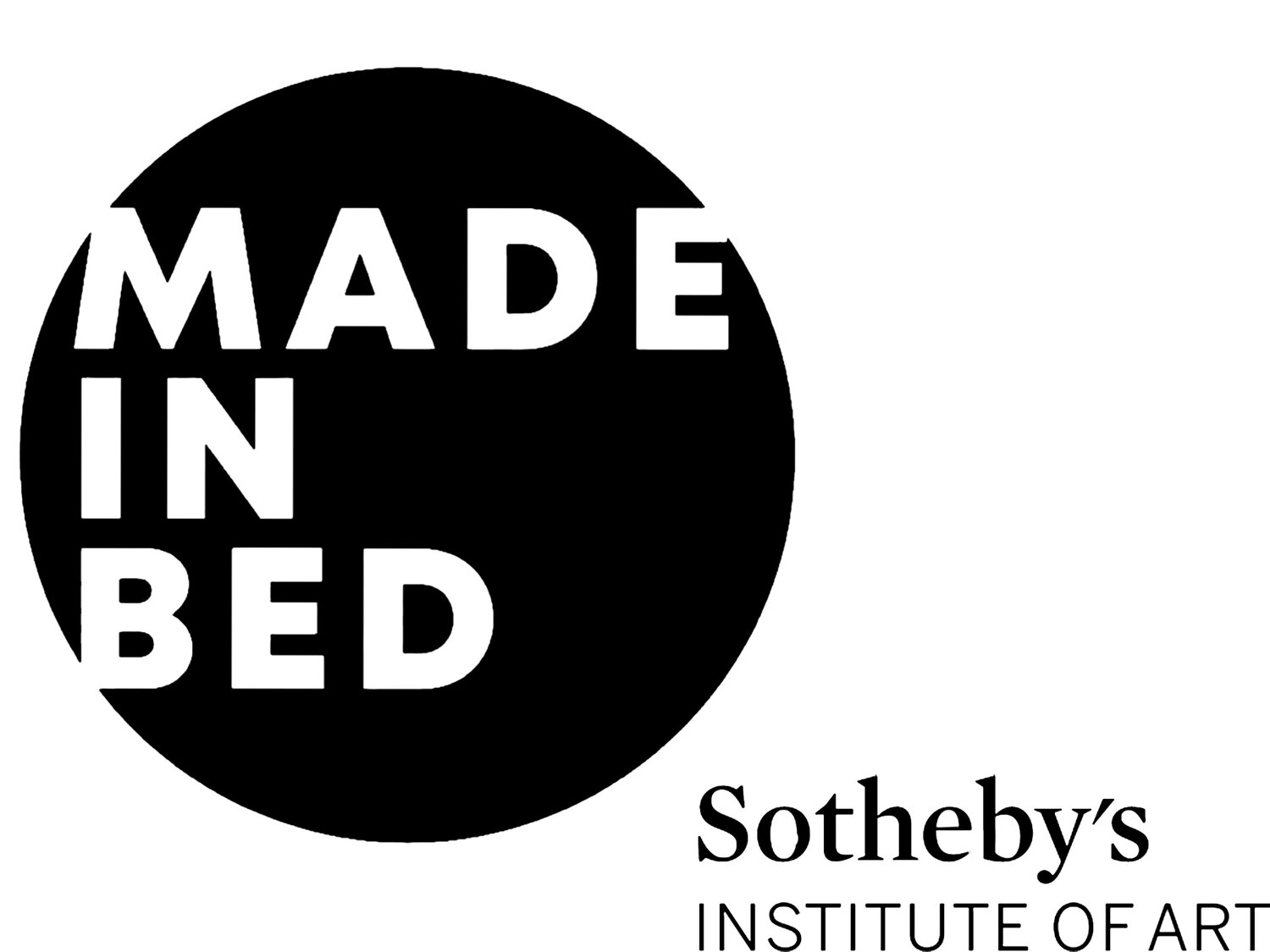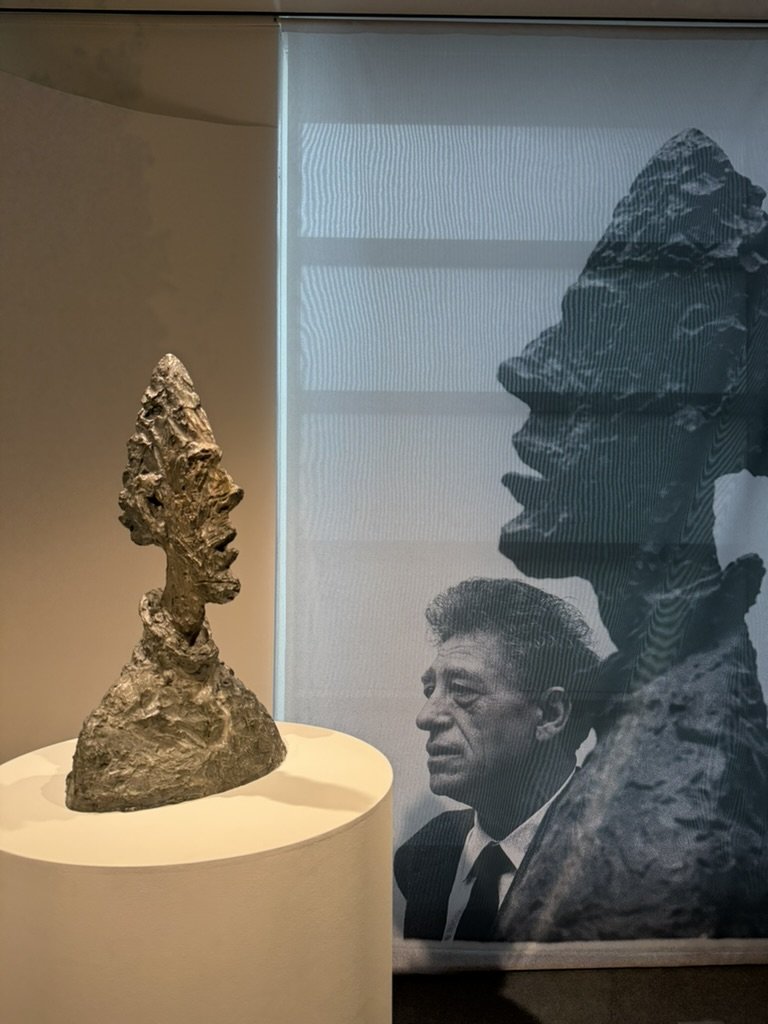Confidence with Conditions: Guarantees, Institutions, and Cautious Optimism Drive New York’s May Sales
In a city built on spectacle and scale, this May auction season offered a different kind of drama: slow confidence, well-insured.
After months of speculation about market softness, New York’s marquee May sales have shown that confidence still moves the art world—so long as it’s carefully underwritten. Across the major evening auctions and the week’s sprawling constellation of fairs, buyers turned out in force, but with a clear preference: security, selectivity, and substance.
Together, Christie’s, Sotheby’s, and Phillips have already brought in more than $865 million, with further day sales still to come. The week's defining theme was unmistakable: the near-total dominance of third-party guarantees, especially for single-owner private collections, which have become the engines of evening sale strategy.
Christie’s took an early lead with over $530 million across two evening auctions, led by the widely anticipated Leonard & Louise Riggio: Collected Works sale. Billed as “an art collection in dialogue with America,” the auction was 99% third-party guaranteed—a hedge that paid off, with a 97% sell-through rate and top prices for Rothko, Magritte, and Mondrian. The Riggio Rothko, No. 4 (Two Dominants), realized $37.8 million, while a Mondrian classic, Composition with Large Red Plane, climbed to $47.6 million, among the highest prices of the week. [1] The buyer to the Mondrian, however, is a third-party guarantor—who only had to place a single bid.
The house reported a 100% sell-through rate in that sale, a feat largely bolstered by strategic financial coverage: nearly the entire “Leonard & Louise Riggio: Collected Works” sale was pre-underwritten. The collection was reportedly 99% guaranteed by third parties, effectively de-risking the evening and insulating results from wider market volatility.
Over 40 million of art in one picture at Christie’s pre-sale exhibition, New York. Photo courtesy: Hector Chen.
Sotheby’s Modern Evening Sale brought in a total of $282.9 million, led by Claude Monet’s Coin du bassin aux nymphéas, which achieved $50.8 million. Yet the most talked-about moment of the night—and arguably of the season—came when Alberto Giacometti’s Grande tête mince was passed after failing to meet its reserve.
The 1955 hand-painted bronze, a brooding monument to Giacometti’s lifelong struggle with representation, was widely considered the crown jewel of the spring sales. Estimated at $70 million and consigned by the Soloviev Foundation—founded by the heirs of real estate magnate Sheldon Solow, a major Giacometti collector—the work came to auction without a financial guarantee. That decision proved fateful. Starting at a $59 million ask, auctioneer Oliver Barker was met with silence. Not a single paddle was raised. After four tense minutes, the lot was withdrawn to audible gasps in the room.
As the Wall Street Journal reported, the lack of a guarantee left the seller exposed in a market still jittery from macroeconomic uncertainty and broader geopolitical concerns. In contrast to the rigged safety nets supporting many of this season’s major lots, Grande tête mince stood naked—and fell. It was a telling moment, underscoring the limits of trophy-chasing in an increasingly selective climate.
Still, the evening delivered notable results elsewhere. A smaller Giacometti, Standing Woman (Pose 1), sold for $6.9 million (estimate $4–6 million). Two abstract paintings by František Kupka exceeded expectations: Ebb and Flow fetched $5.9 million, and Flabby Shapes sold for $5.3 million. A rare Paul Cézanne portrait of his wife, Portrait de Madame Cézanne, also achieved $7.4 million. These steady, mid- to high-tier results suggest a market less enthralled by superlatives and more anchored in prudence and provenance. [2]
Alberto Giacometti’s Grande tête mince did not sell at Sotheby’s at its evening auction on May 13th. Photo courtesy: Hector Chen.
Phillips, in its smaller but sharply curated sale, brought in just over $54 million, with highlights from Jean-Michel Basquiat and Ed Ruscha. But the 84% sell-through rate signaled a more hesitant mid-tier market. Bidding remained strong for the top lots, but several works under $2 million struggled to find momentum. [3]
On a back to back Richard Prince sale at Philips, one work sold within the estimate and one was passed. Photo courtesy: Phillips’ Website.
Indeed, the contrast between this year’s outcomes and those of just four years ago is sharp. In 2021, major private collections like John L. Marion’s and the Ammann Collection hit the block with no guarantees whatsoever. Today, according to new data from Pi-eX Ltd., third-party guarantees have become standard. The Riggio Collection’s structure was not an exception—it was the new norm. [4]
At the time of writing, Christie’s and Sotheby’s day sales remain underway, which will further clarify the strength of mid-level segments. But one pattern is already evident: this is not a market in decline—it is a market in negotiation. Sellers need assurance. Buyers want clarity. And the art itself must still speak.
A Cautious Market, A Shifting Center
The market has slowly begun to regain confidence after three years of contraction. According to the 2025 Art Basel & UBS Art Market Report, global art sales declined by 12% in 2024, totaling an estimated $57.5 billion. This marked the second consecutive year of falling totals after the post-pandemic surge peaked in 2022. Notably, the slowdown was concentrated at the top: high-end market activity thinned considerably in both 2023 and 2024, dragging down aggregate values despite stronger activity in lower and mid-range segments.
That trend appears to be continuing. 2024 was marked by geopolitical uncertainty—an unprecedented wave of high-profile elections, increasing protectionism, and new tariff negotiations. While these developments did not trigger a collapse, they did reinforce a sense of caution. In this climate, collectors are gravitating toward works that feel more personal and less canonical, and toward price points that feel emotionally and financially digestible.
This spring's sales reflect that mood. The canon—Rothko, Monet, Mondrian—continues to perform steadily, with some notable withdrawals and a few record-approaching lots. But overall, results suggest that collector confidence remains medium: supported by guarantees and institutions, but not yet robust enough to support unchecked risk at the very top.
Meanwhile, the individualistic turn in taste—a move away from shared aesthetic "isms" toward more emotionally resonant, singular narratives—has made room for a new kind of collector. Economic uncertainty may be suppressing price ceilings, but it's also encouraging curiosity. Buyers are increasingly looking to the lower end of the market not just for price, but for originality, meaning, and relevance. The surge in transactions—up 3% to 40.5 million in 2024—reflects this shift. This is a market that is expanding at the bottom, even as it contracts at the top.
Another key insight from the Art Basel report: dealers’ sales have become more concentrated around top-performing artists, particularly in the secondary market, where the top three artists accounted for 53% of annual turnover—a 6% increase from 2023. But in contrast, the primary market has diversified. The share of revenue coming from a dealer’s top artist dropped by 2% year-over-year, and 9% compared to 2019. [5]
This suggests a potential strategy: for galleries to lean into that diversification, and invest in long-term relationships with collectors who may not be spending as much as before, but who are still willing to buy. These are the collectors who can be engaged not just with product, but with process—those who are ready to grow with an artist, and see their journey as part of their own.
The future of the art market may not lie in its flashiest results, but in its quietest investments.
Footnotes:
[1] Christie’s. “Leonard & Louise Riggio: Collected Works.” Accessed May 13, 2025. https://www.christies.com/auction/leonard-louise-riggio-collected-works--24160-nyr.
Ho, Karen K. “ARTnews.Com.” ARTnews.Com, May 13, 2025. https://www.artnews.com/art-news/market/christies-riggio-modern-art-new-york-evening-auctions-2025-1234741965/.
[2] Crow, Kelly. “Mondrian Sells for $47.6 Million.” The Wall Street Journal, May 13, 2025. https://www.wsj.com/arts-culture/fine-art/christies-auction-piet-mondrian-mark-rothko-painting-ae547a20?mod=WTRN_pos1&cx_testId=3&cx_testVariant=cx_178&cx_artPos=0.
[3] “Modern & Contemporary Art Evening Sale Tuesday, May 13, 2025 at EDT.” Accessed May 13, 2025. https://www.phillips.com/auction/NY010825.
[4] Pi-eX MICRO Report: New York May Single Owner Private Collection Sales Results at Christie's & Sotheby’s: May 2021-2025
[5] “The Art Basel & UBS Art Market Report 2025 By Arts Economics.” Accessed May 13, 2025. https://theartmarket.artbasel.com/.
Hector Chen
Contributing Writer, MADE IN BED




